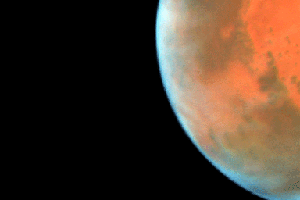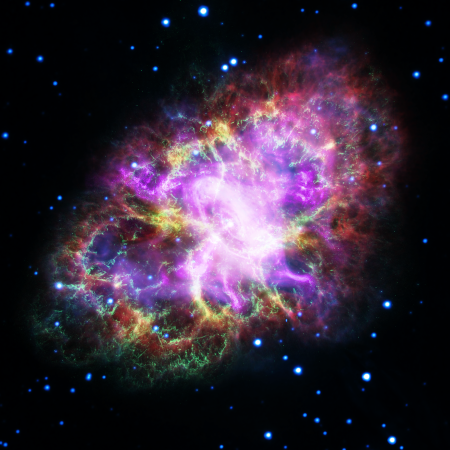Hawaiian protesters fail to block mirror for solar telescope
The coming dark age: Protesters today tried, and failed, to block the delivery of the primary mirror of a new solar telescope being built on top of Haleakalā on the island of Maui.
Protesters chanted, sang, marched, and blocked the road with two bamboo altars on which they presented offerings of flowers and garlands in a traditional ceremony. Police stood by for about an hour, periodically coming forward to talk with protest organizers.
At 4 a.m., they moved in to clear the road. Protesters were lying down in the road with their arms linked. Police lifted them out of the way to allow the trucks to pass. Several men then rushed forward and threw themselves in front of and under the massive trucks. Police removed the men, along with several others, as protesters shouted, “auwe” (alas), and “shame.” Organizers say three men and two women were arrested.
I think this quote from one of the protest organizers (who happens to be an assistant professor of Hawaiian Studies & Language at the University of Hawaii, epitomizes their movement:
Earlier in the evening, organizer Kahele Dukelow vowed to continue to oppose future construction and to ultimately bring existing telescopes down. “This struggle is going to go on for generations. It’s not going to stop with us,” she told protesters. “We will never accept it.”
Apparently the idea of gaining knowledge about the universe is unacceptable to this college professor and her allies. Such knowledge is evil, and must be blocked at all cost. The only knowledge that matters is the ethnic race heritage of native Hawaiians, no matter how primitive and uncivilized.
The coming dark age: Protesters today tried, and failed, to block the delivery of the primary mirror of a new solar telescope being built on top of Haleakalā on the island of Maui.
Protesters chanted, sang, marched, and blocked the road with two bamboo altars on which they presented offerings of flowers and garlands in a traditional ceremony. Police stood by for about an hour, periodically coming forward to talk with protest organizers.
At 4 a.m., they moved in to clear the road. Protesters were lying down in the road with their arms linked. Police lifted them out of the way to allow the trucks to pass. Several men then rushed forward and threw themselves in front of and under the massive trucks. Police removed the men, along with several others, as protesters shouted, “auwe” (alas), and “shame.” Organizers say three men and two women were arrested.
I think this quote from one of the protest organizers (who happens to be an assistant professor of Hawaiian Studies & Language at the University of Hawaii, epitomizes their movement:
Earlier in the evening, organizer Kahele Dukelow vowed to continue to oppose future construction and to ultimately bring existing telescopes down. “This struggle is going to go on for generations. It’s not going to stop with us,” she told protesters. “We will never accept it.”
Apparently the idea of gaining knowledge about the universe is unacceptable to this college professor and her allies. Such knowledge is evil, and must be blocked at all cost. The only knowledge that matters is the ethnic race heritage of native Hawaiians, no matter how primitive and uncivilized.



